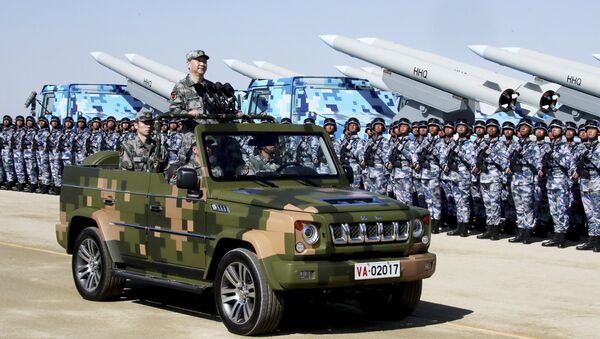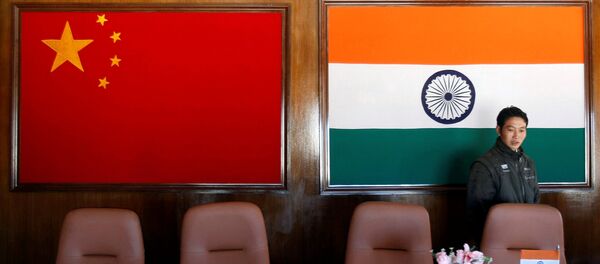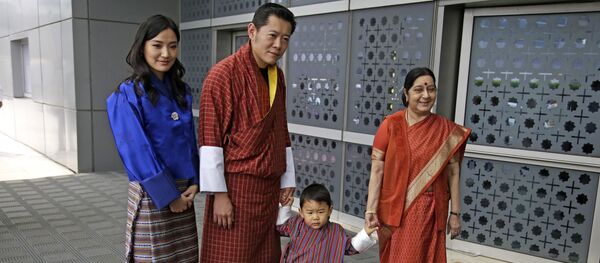The new photos reveal that the People's Liberation Army (PLA) compound is about six miles east of where the Indian forces camped during the standoff. The construction includes trenches, barracks and multiple helipads. What appear to be artillery gun emplacements have also been dug, but are presently unoccupied by any heavy weaponry.
Furthermore, Chinese troops and armored vehicles have built up in the area, including a full mechanized regiment of what appear to be ZBL-09 infantry fighting vehicles — which can be equipped with howitzers and anti-aircraft suites.
When asked about the construction on Wednesday, Indian Army Chief of Staff Bipin Rawat downplayed it as temporary. "As far as Doklam is concerned, PLA soldiers are there in a part of the area, although not in numbers that we saw them in initially. They have carried out some infrastructure development, which is mostly temporary in nature," he told reporters.
Rawat added that it was possible that the facility was simply to shield Chinese military equipment from the elements during the brutal Tibetan winter. "While [Chinese] troops may have returned and infrastructure remains, it is anybody's guess whether they would come back [to Doklam], or is it because of the winters that they could not take their equipment. But we are also there, so in case they come, we will face them."
The Doklam Plateau went from a remote, virtually-uninhabited mountain range along the disputed border of China and Bhutan to one of the most important geopolitical sites in the world overnight, when on June 16 PLA soldiers and construction workers arrived to build a road through the plateau.
Beijing calls the region "Donglang" and claims that it is Tibetan territory and as such, China has the right to build whatever it likes there. Bhutan protested China's presence, and India intervened by deploying troops to the disputed territory.
For 10 weeks, PLA and Indian military troops faced off a few hundred meters apart. Both nations pulled their troops back on August 28 following quiet negotiations between the two powers and the road-building came to an end.
However, local media outlets reported in October that China had continued to maintain a large military presence near the disputed region, with Indian newspapers reporting that the PLA was building permanent military barracks and maintaining a force of a thousand soldiers a few miles away from the disputed line.
In October, the Indian External Affairs Ministry denied the veracity of reports of Chinese construction. "We have seen recent reports on Doklam. There are no new developments at the face-off site and its vicinity since the August 28 disengagement," they said in a statement. "The status quo prevails in this area. Any suggestion to the contrary is incorrect."
As it turns out, they were wrong.
India has withdrawn its military from Doklam since it does not actually have a claim on the region — their troops entered Doklam to support their Bhutanese allies and to oppose the sudden appearance of the Chinese.
However, India has built up their forces in Sikkim, the province that borders both China and Bhutan. In other words, although tensions have abated, both nations are boosting their military strength around the flashpoint of Doklam.






